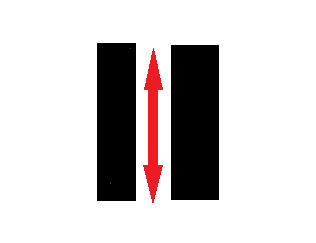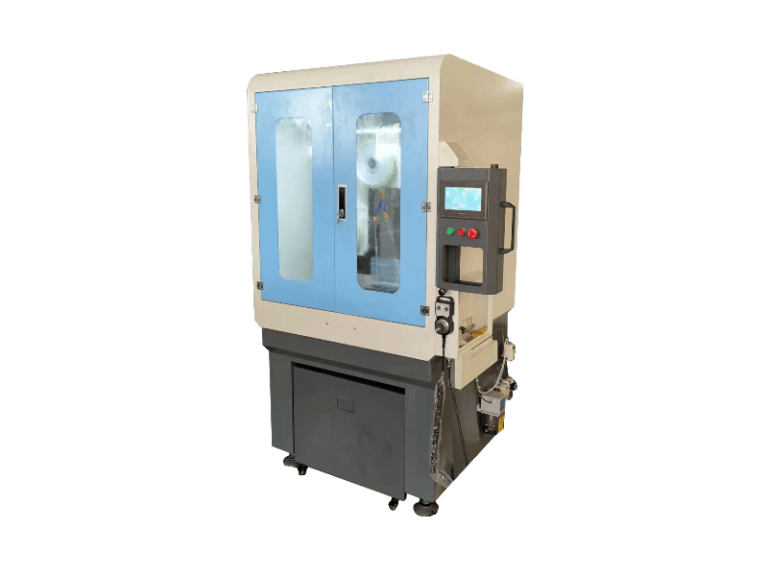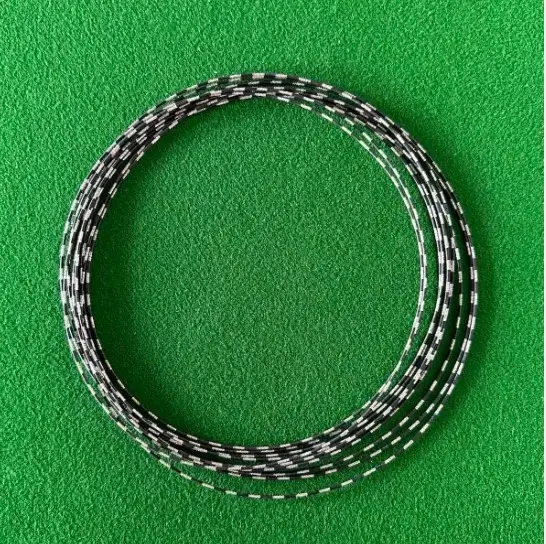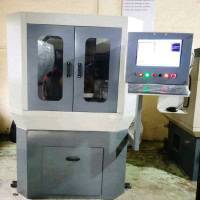Tabla de contenido
Introducción - Corte unidireccional y corte bidireccional
Cortadoras de hilo de diamante han revolucionado el campo del procesamiento de piedra y materiales, ofreciendo métodos de corte eficaces y precisos. Dentro de este ámbito, existen dos técnicas de corte principales: el corte unidireccional y el bidireccional. En este artículo, profundizaremos en los conceptos de corte unidireccional y bidireccional en el contexto de las máquinas de corte con hilo de diamante.
Los recientes avances en la tecnología de corte con hilo de diamante han ampliado las posibilidades del corte unidireccional y bidireccional. Estos avances incluyen innovaciones en la composición del hilo, el diseño de la máquina y los algoritmos de control. Estos avances han abordado algunas de las limitaciones históricas de cada método, mejorando su rendimiento en diversas aplicaciones.
Corte unidireccional
El corte unidireccional, como su nombre indica, implica el movimiento del hilo de diamante en una sola dirección durante el proceso de corte. En este método, el hilo se desplaza en una trayectoria lineal, engranando con el material para crear un corte limpio y preciso. El corte unidireccional suele preferirse cuando se trabaja con materiales delicados o cuando es crucial conseguir un tipo de corte específico.

Ventajas del corte unidireccional:
- Menor desgaste del alambre: El corte unidireccional tiende a causar menos desgaste en el hilo de diamante, ya que el movimiento es constante y lineal. Esto puede traducirse en una mayor duración de los hilos y una reducción de los costes operativos.
- Control preciso: Este método de corte ofrece un control preciso del proceso de corte. Es adecuado para diseños intrincados, formas detalladas y cuando la precisión del corte es primordial.
- Acabado de superficie lisa: El corte unidireccional proporciona generalmente un acabado superficial más liso en el material cortado debido al movimiento constante del hilo.
- Astillado minimizado: Los materiales delicados, como las piedras frágiles, tienen menos probabilidades de astillarse o agrietarse durante el corte unidireccional, ya que el movimiento es predecible y constante.

Corte bidireccional
El corte bidireccional implica el movimiento del hilo de diamante hacia delante y hacia atrás alternativamente durante el proceso de corte. Esta técnica suele elegirse por su eficacia y su mayor velocidad de corte. Aunque el corte bidireccional puede dar lugar a una precisión ligeramente inferior en comparación con el corte unidireccional, se favorece cuando el tiempo es un factor crítico y aún puede mantenerse un cierto nivel de precisión.

Ventajas del corte bidireccional:
- Mayor velocidad de corte: El corte bidireccional puede ser más rápido que el unidireccional, ya que el hilo se engancha con el material durante los movimientos hacia delante y hacia atrás.
- Mayor productividad: El aumento de la velocidad de corte contribuye directamente a una mayor productividad, por lo que este método es ideal para proyectos a gran escala en los que el tiempo es esencial.
- Eliminación eficaz del material: El corte bidireccional puede ser especialmente eficaz para eliminar grandes volúmenes de material con rapidez.
- Rentable: Aunque el desgaste del hilo puede ser ligeramente superior debido al movimiento de vaivén, la mayor eficacia hace que el corte bidireccional sea a menudo una opción rentable para determinadas aplicaciones.
Elegir el método adecuado
La elección entre corte unidireccional y bidireccional depende de los requisitos específicos del proyecto y de las características del material que se va a cortar. Para proyectos en los que la precisión, los acabados suaves y los diseños intrincados son esenciales, el corte unidireccional puede ser el método preferido. Por otro lado, cuando la velocidad, la productividad y la eliminación eficaz del material son las principales prioridades, el corte bidireccional puede ser más adecuado.
Es importante señalar que los avances en la tecnología del hilo de diamante y los controles de las máquinas han permitido mejorar el rendimiento de ambos métodos de corte. Muchas máquinas de corte con hilo de diamante modernas permiten a los operarios alternar entre los modos de corte unidireccional y bidireccional en función de las necesidades del proyecto, lo que ofrece un mayor grado de flexibilidad y adaptabilidad.
Conclusión: corte no direccional y corte bidireccional
El corte unidireccional, además de ofrecer una precisión meticulosa, se ha beneficiado de mejoras en la durabilidad del hilo. Esto ha ampliado la vida útil del hilo de diamante, permitiendo períodos más largos de corte ininterrumpido. Además, los modernos controles de las máquinas han introducido formas más sofisticadas de ajustar los parámetros de corte durante el corte unidireccional, optimizando el proceso para diferentes materiales y formas.
Por otro lado, el corte bidireccional ha experimentado mejoras en términos de precisión. Aunque tradicionalmente se asociaba a una precisión ligeramente inferior debido a la alternancia de los movimientos del hilo, los sistemas modernos han minimizado esta diferencia mediante mecanismos de control avanzados. Estos mecanismos garantizan que la trayectoria del hilo durante el movimiento de retroceso se alinea estrechamente con la trayectoria de avance, lo que se traduce en una mejora de la precisión general.
En conclusión, la elección entre corte unidireccional y bidireccional en las máquinas de corte con hilo de diamante ya no es un compromiso estricto entre precisión y eficacia. Los avances tecnológicos han salvado las distancias, permitiendo que ambos métodos destaquen por sus respectivos puntos fuertes y minimicen sus puntos débiles. La decisión sobre qué método utilizar depende ahora de una cuidadosa evaluación de los requisitos del proyecto y de la tecnología disponible, lo que garantiza la elección del método de corte óptimo para cada situación.







